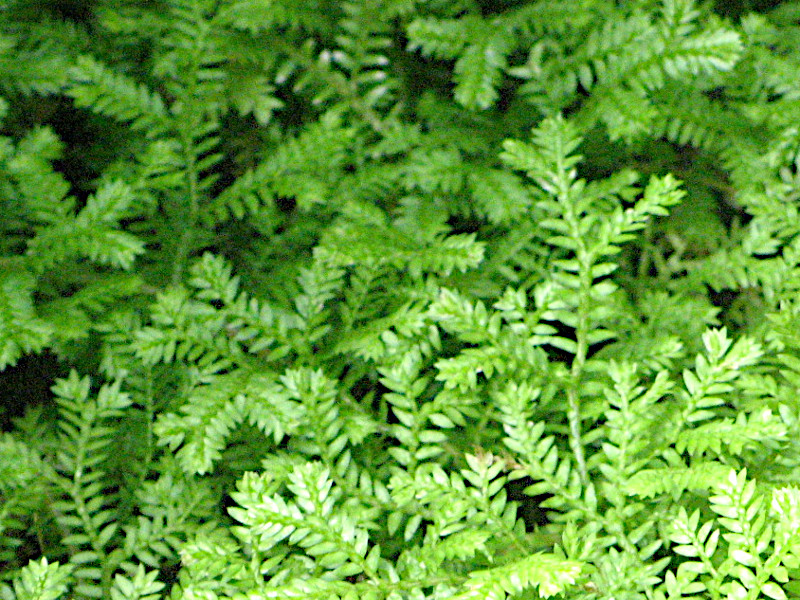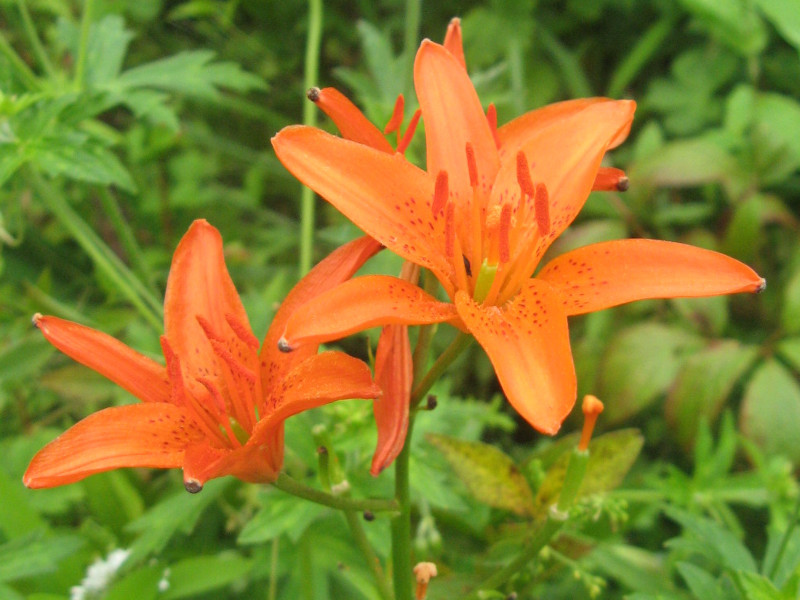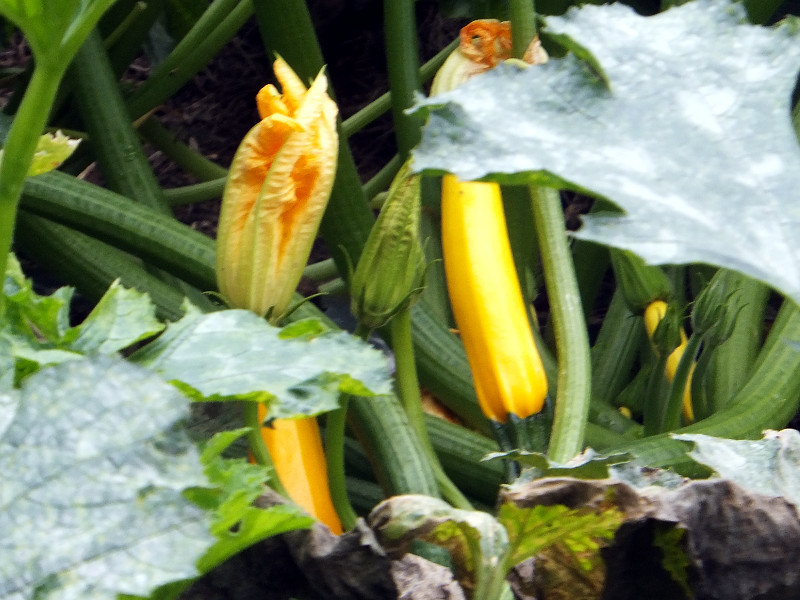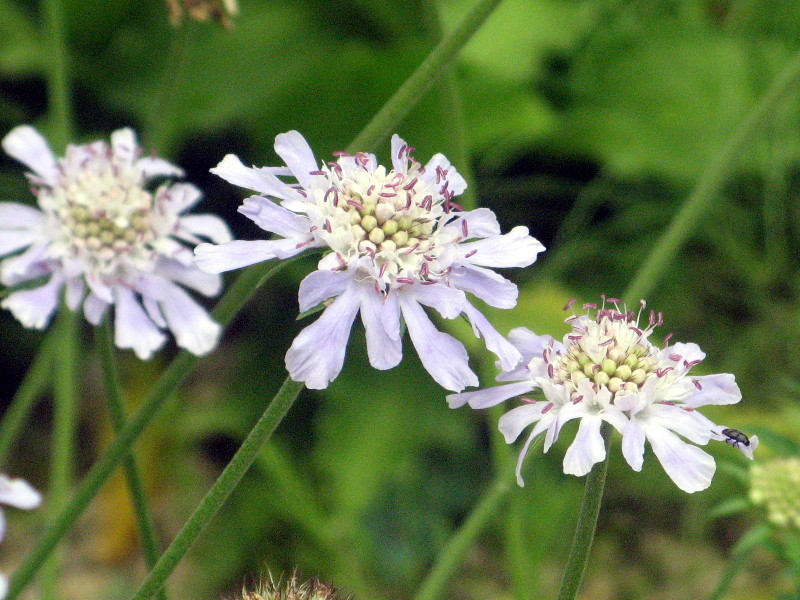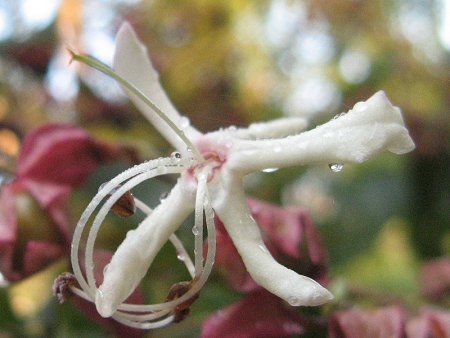Selaginella remotifolia
bonsai
- Flower nameSelaginella remotifolia
- Scientific nameSelaginella remotifolia
- Alias鞍馬苔, アタゴゴケ
- Place of originJapan and East Asia from warm regions to Southeast Asia
- Place of floweringGarden, Botanical Gardens, Bonsai
- Flowering season
What is Selaginella remotifolia
Selaginella remotifolia or Kurama moss (scientific name: Selaginella remotifolia) is a small creeping evergreen fern of the genus Selaginella in the familySelaginellaceae, native to Japan and East Asia from warm regions to Southeast Asia. In Japan, it grows in ground cover clumps under mountain forests and at forest margins throughout the country, except for Hokkaido in the cold regions and Okinawa in the warm regions. Although it resembles moss, it is a fern. The stems are light green and thin, and there are two types: main stem and lateral branches. The main stem is sparsely branched and spreads like a mat on the surface of the ground. The lateral branches rise low. The leaves attached to the stem are scale-like, and there are two types: dorsal leaves on the back of the stem and ventral leaves on the sides of the stem. The dorsal leaves are narrowly ovate with two rows of 0.2 cm long and 0.2 cm wide, and have serrations on their margins. The abdominal leaves are ovate, about 0.3 cm long, and alternate. It does not flower. Instead, in early summer, it produces lateral branches with a sporangium ear (a sporangium sac filled with spores), about 1 cm long, at the branch tip. The sporangia are narrowly ovate with serrated leaf margins and cover the sporangia, which are spherical at the upper base. The Japanese name comes from the fact that it was first found on Mt.
Common name: Selaginella remotifolia, scientific name: Selaginella remotifolia, stem length: 30 cm, stem color: light green, stem: thin and creeping, leaf shape: scale-like, leaves with two types of dorsal lobes, dorsal lobes (dorsum) and dorsolateral lobes (dorsal hairs). Leaf shape: scale-like; leaves: 2 types; dorsal leaves: 2 rows of narrow leaves with serrated edges; ventral leaves: ovate, alternate; uses: Japanese gardens, ground cover, bonsai, moss balls.
